Letter of Introduction Template for Job Applications
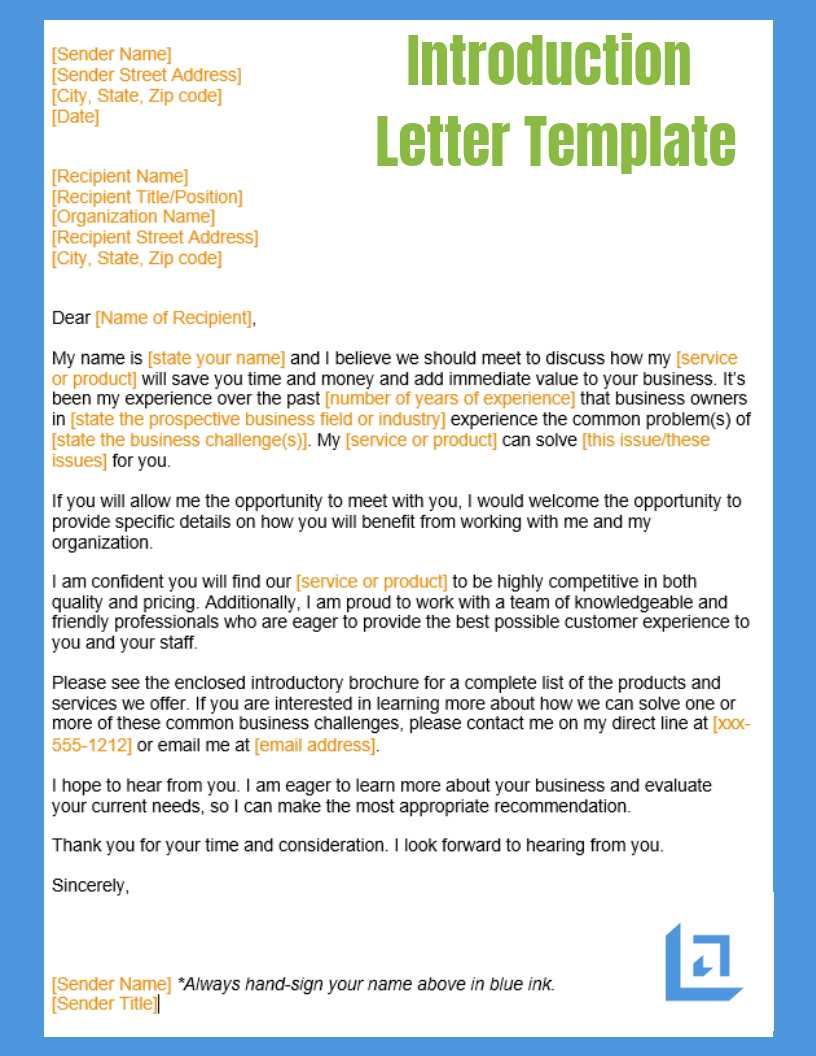
Making a positive initial impact on potential employers is crucial in standing out from the competition. A well-crafted written piece can help you express your skills and enthusiasm effectively, setting the stage for further discussions.
Effective communication plays a significant role in how you present yourself. The right structure and tone will not only showcase your qualifications but also demonstrate your genuine interest in the opportunity.
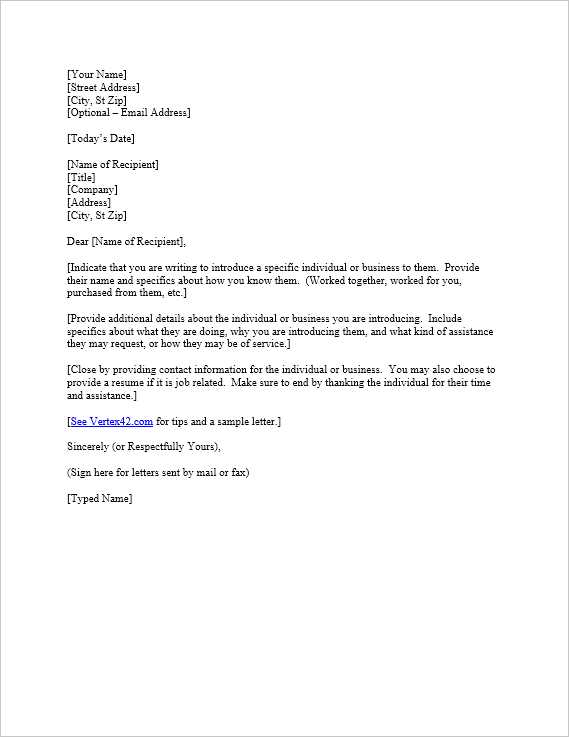
Whether you’re applying through a direct referral or looking to introduce yourself to a hiring manager, mastering the art of this communication is essential. With the right approach, you can ensure that your message leaves a lasting impression.
Key Elements to Include in Your Letter
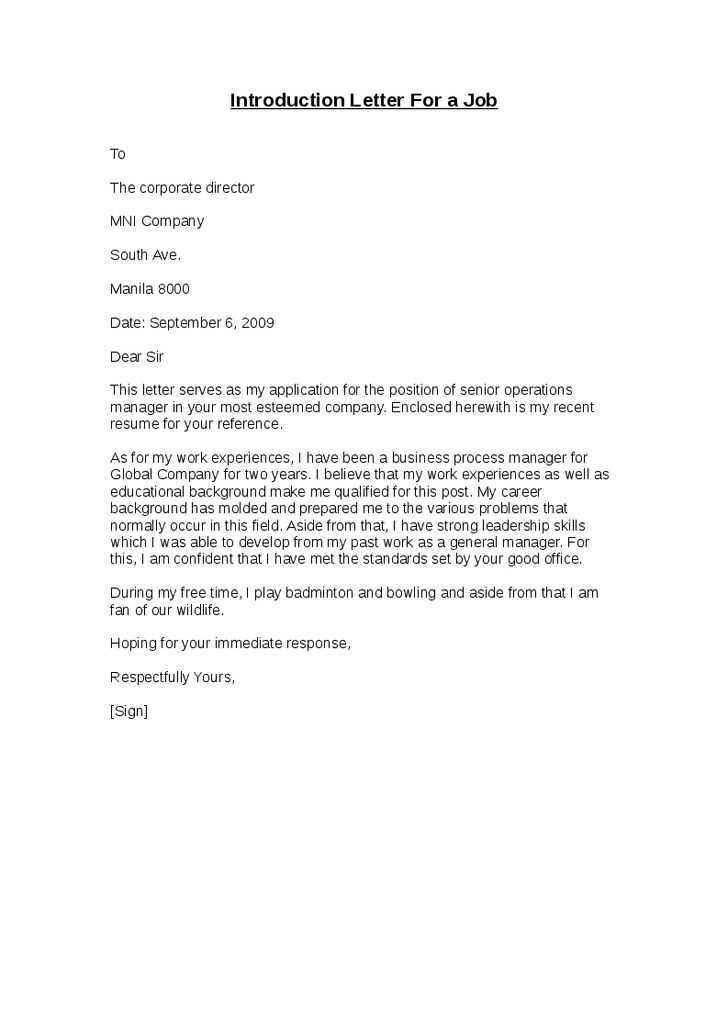
When creating a powerful message to reach out to potential employers, there are several critical components to consider. These elements help to clearly convey your intentions, skills, and enthusiasm while maintaining a professional tone.
Opening statement is one of the most important parts. It should grab attention right away by expressing why you’re reaching out and what excites you about the opportunity. Be concise but clear about your purpose.
Next, highlight your relevant qualifications. Connect your skills or experiences directly to the needs of the employer. This section should reflect how you can contribute to the organization and provide specific examples of your achievements.
Finally, a strong closing leaves a lasting impression. Express your desire for a follow-up and your willingness to provide more information. A polite yet assertive call to action shows your confidence and readiness for the next step.
Common Mistakes to Avoid When Writing
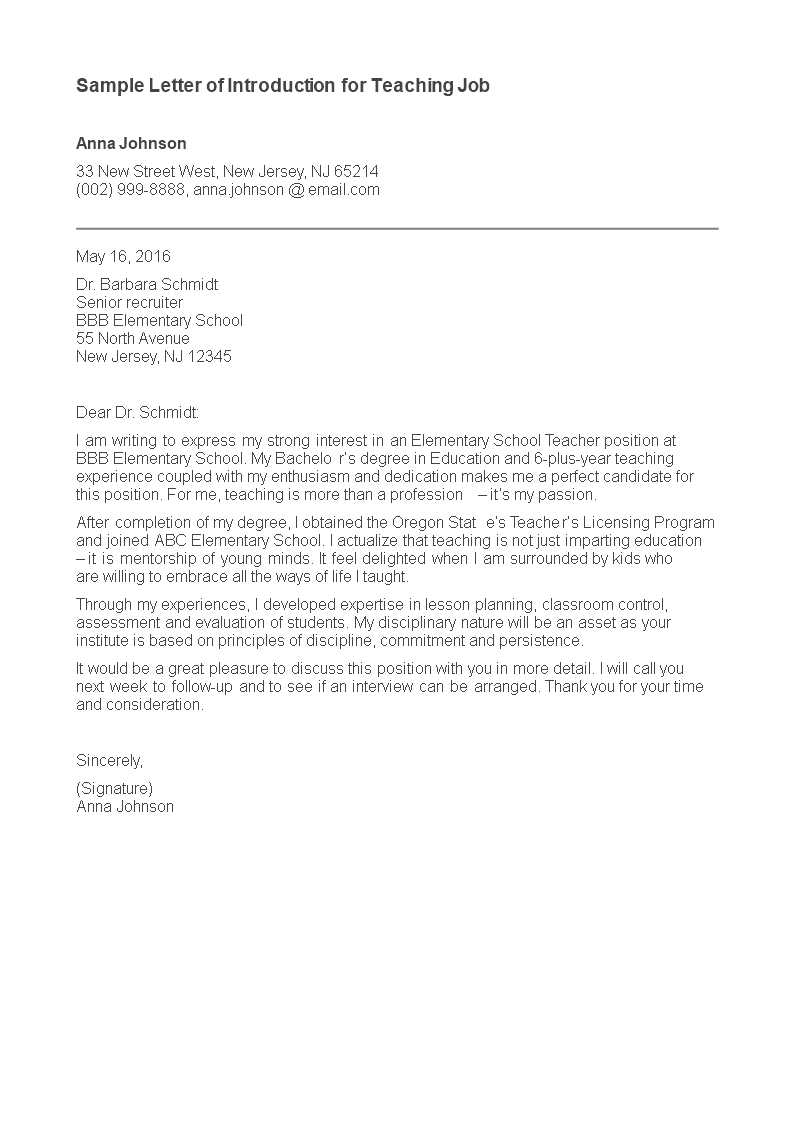
While crafting a message to connect with a potential employer, there are common pitfalls that can weaken your impact. Recognizing and avoiding these errors ensures that your communication remains effective and professional.
One major mistake is being too vague. General statements about your skills or experiences fail to leave a strong impression. Always focus on specific examples that demonstrate your capabilities and align with the employer’s needs.
Overuse of clichés is another issue. Phrases like “hardworking” or “team player” can come across as empty. Instead, highlight your unique qualities and real experiences that showcase what sets you apart.
Finally, avoid a lack of structure. A disorganized message can be difficult to follow, leaving the reader confused. Ensure your content flows logically, with clear transitions between sections, so the employer can easily digest your key points.
Best Practices for Formatting the Letter
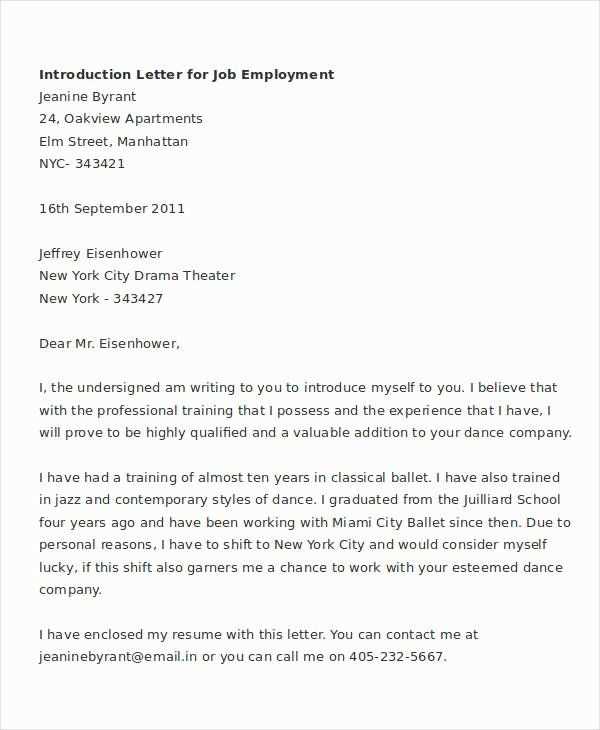
Proper organization and clear structure are key when preparing a message to reach out to a potential employer. The way your content is arranged plays a significant role in ensuring readability and maintaining a professional tone.
Keep it concise and to the point. Avoid lengthy paragraphs that may overwhelm the reader. Instead, break your content into short, well-structured sections that allow the employer to easily scan through your key points.
Use a professional font and size to enhance readability. Stick to traditional fonts like Arial or Times New Roman, with a font size of 10 to 12 points. This ensures your message looks clean and formal.
Finally, maintain consistent formatting throughout the document. Use clear headings, proper spacing, and alignment to make sure your message appears polished and organized. This attention to detail can leave a positive impression on the reader.
How to Tailor Your Letter for Employers
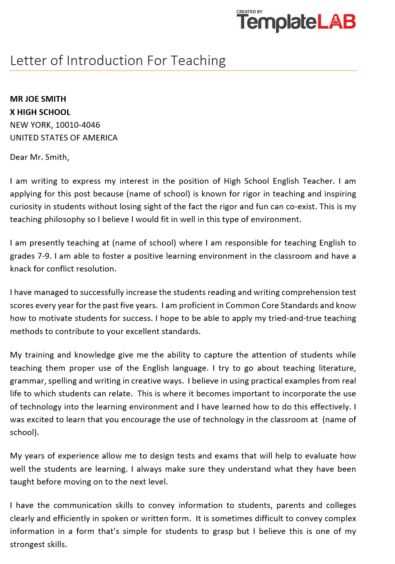
Customizing your communication to match the needs of a specific employer can greatly improve your chances of standing out. By aligning your message with the company’s values and requirements, you show that you’ve done your research and are genuinely interested in the role.
- Research the company: Understand its mission, goals, and recent projects. This allows you to reference their work and explain how your skills can contribute to their success.
- Highlight relevant experiences: Focus on your past accomplishments that directly relate to the employer’s requirements. Tailor your examples to demonstrate how your background aligns with their needs.
- Use the company’s language: Incorporate specific terms or keywords from the employer’s job listing or website. This not only shows familiarity with their industry but also increases your chances of being noticed.
- Address the right person: Whenever possible, address your communication to the hiring manager or relevant contact. Personalizing the recipient adds a level of professionalism and consideration.
By applying these strategies, you can make your message stand out and show employers that you are a perfect fit for the role.